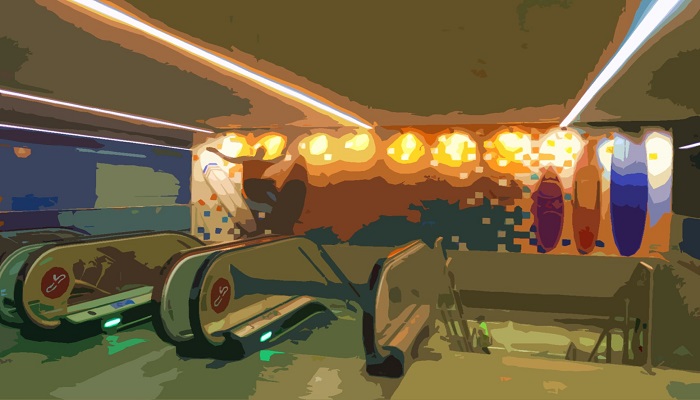Developing a modern, fit-for-purpose organization for a metro and tram operator of a historical city

The new management of a metro and tram operator of a historic city in the EU soon after their appointment, realised that some long term challenges of the provider, including the poor performance in rolling stock maintenance activities, the fragmented marketing and communication roles, the lack of client centricity, the limited inspection activities for ticket evasion and the lack of digitization, were ought to some extent to the outdated organisation of the provider.
Considering M-Prime’s extended exposure to public transport operators with repeated strategic, business planning and organisational assignments, we were asked by the new management to develop a proposal for the updated organisational chart of the operator, that would pave the way to a passenger centric, business-oriented and sustainable future.
The way to problem solvingTo develop a modern, fit-for-purpose organization, we started with a thorough benchmarking exercise that included multiple public transport operators in major cities of both EU and non-EU countries. More specifically, the team collected and analysed the organisation and respective roles and responsibilities of 14 operators, including London Undeground, BKV, GVB, RATP, Madrid Metro, Metro Istanbul, Metro de Santiago and Metrovias.
Key lessons learned were captured with respect to:
- The number and nature of organisational units directly reporting to the CEO
- The way to organise operational and maintenance units of providers
- The management of functions related to security and safety, corporate identity, press and passenger communications, strategy and business development.
Lessons learnt were organised to key takeways for our client.
To further capture modern practices in organisation, M-Prime analysed the organisation of top performing enterprises in the country where the operator is located and generated lessons learnt too.
Finally, we analysed the challenges stemming from the operator’s existing structure, including issues related to the organizational isolation of the CEO, the highly fragmented responsibilities in the Maintenance unit, the lack of an integrated approach in depot day-to-day management activities, the old-fashioned organization of procurement activities.
ImpactBy synthesising the findings of our research and analysis, our team developed the proposal for the new organisation of the metro and tram operator, that included also a detailed description of roles and responsibilities of more than 100 organisational units. Our proposal was grounded on seven pillars:
- Direct responsibility and ownership at the level of CEO and of depot management
- Integration of activities related to metro line operations, where possible
- Elimination of organisational silos
- Clear differentiation between internal (for example HR and accounting) from extrovert functions
- Filling in the gaps in organisation, for instance in strategy and sustainability issues
- Integration of global best practices
- Alignment with the strategic priorities of the operator in terms of client experience, transformation of corporate culture, improvement of asset performance, technology transformation, financial viability
Our proposal was fine-tuned through interactions with top management and other stakeholders, leading to an organisation that has been officially adopted by the metro and tram operator.
Back
